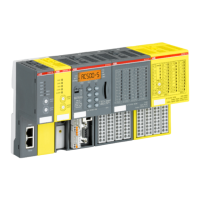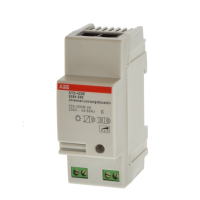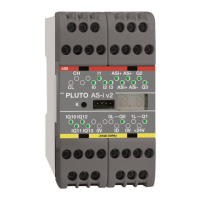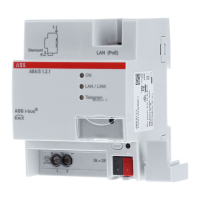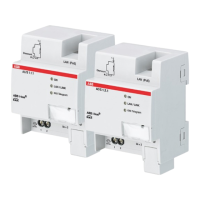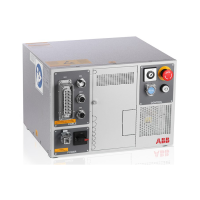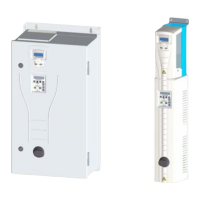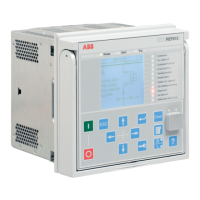Controlled Switching — Buyer´s Guide
I-2
Edition 2, 2006-09
Application Impact of Substation Configuration
Impact of Substation Configuration
Figure 2.
Circuit breaker and a half scheme with one outgoing
line and one transformer
An additional complexity now arises in re-
spect to operational conditions. Assume
that the transformer is connected only to the
lower busbar (CB2 is already open) and will
be switched off temporarily.
The trip command can be issued to both
controllers C and D but the residual flux will
only be read by controller D since the C con-
troller is informed that circuit breaker CB2 is
already open.
This must be handled by operational condi-
tions, requiring that the de-energizing circuit
breaker must be the energizing one.
Having a circuit breaker and a half substa-
tion configuration and loads, intended to be
switched in a controlled manner and having
well defined and predetermined conditions
(shunt capacitor banks and or shunt reac-
tors) the substation layout does not present
any control severities. However, the central
circuit breaker still needs two controllers if
the loads on each side are of different types.
If sensors for adaptation control are in the
switched bay, the adaptation control ar-
rangement will work fully for all circuit break-
ers except CB2. Upgrading of adaptation
information for CB2 controllers will change
only for the controller receiving the input
command.
If the operational conditions are such that
switching will be rare, the advantage of ad-
aptation control is also less. As an alterna-
tive, external parameter compensation can
be installed.
Other examples of controlled circuit breakers
requiring special consideration are bus cou-
plers used to switch different kinds of loads.
Double busbar circuit breaker schemes, with
the same load switched alternatively by two
circuit breakers, are normally straightforward
and do not require special consideration.
Special care should be taken when apply-
ing the adaptation control feature based on
re-ignition detection. This is the case if the
reactor can be energized from two sides and
where the CTs are common, for example in
the reactor bushings. An example of such an
installation is shown in Figure 3:
C
B
1
C
B
2
C
B
3
L
in
e
1
P
o
w
e
r
T
r
a
n
sf
o
r
m
e
r
L183, A
L183, B
T183, C
T183, D
CB3
CB2
CB1
CT
Busbar 2
Busbar 1
Controller 2
Controller 1
Figure 3.
Shunt reactor installation in a CB and a half
substation and with CT for adaptation control in the
reactor bushings.
In the given example current will always be
measured by the CT as long as any of the
two circuit breakers CB1 or CB2 is con-
ducting. The only way to use the re-ignition
detection function here is to arrange a fixed
switching order and to set the function dis-
abled for the controller of the first shunt reac-
tor breaker to open.

